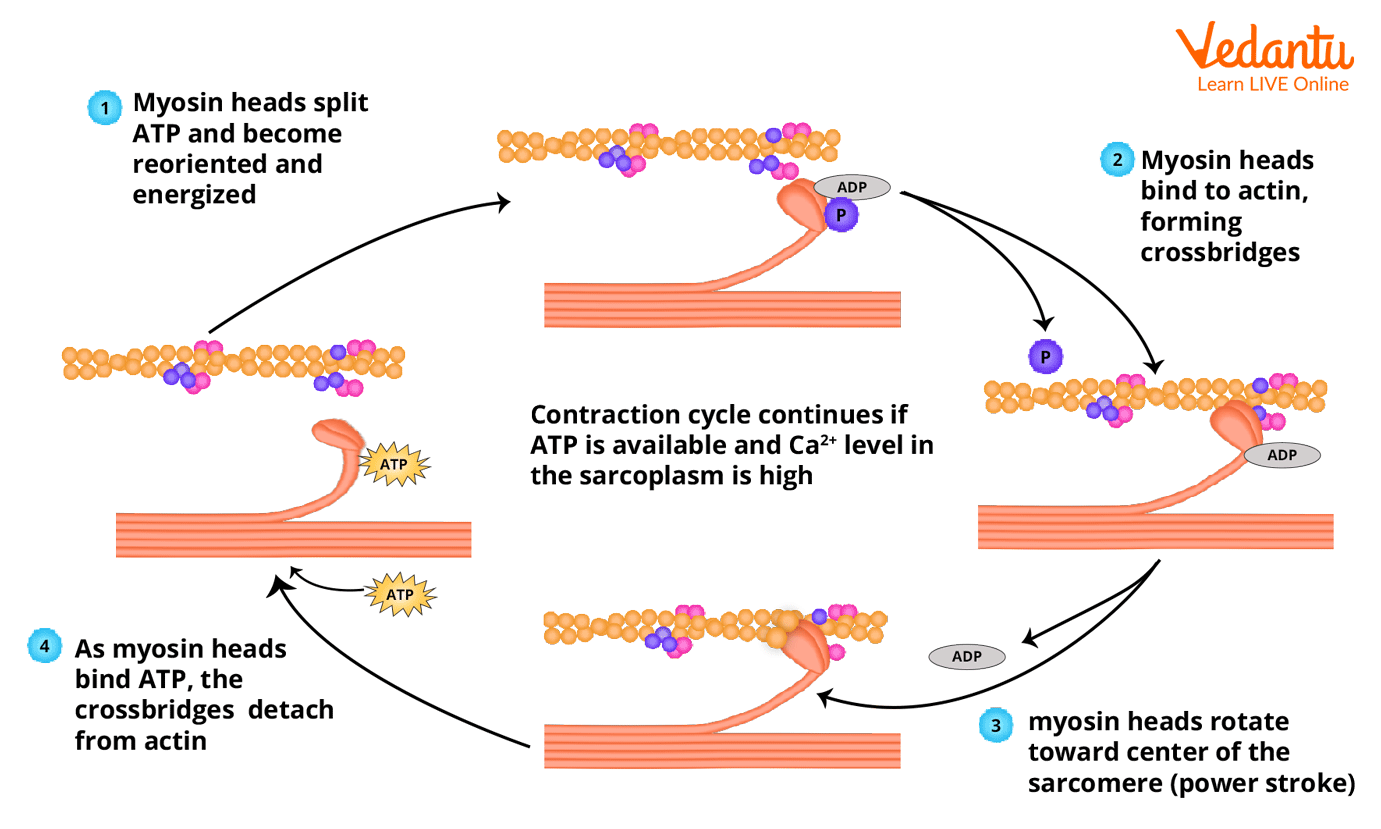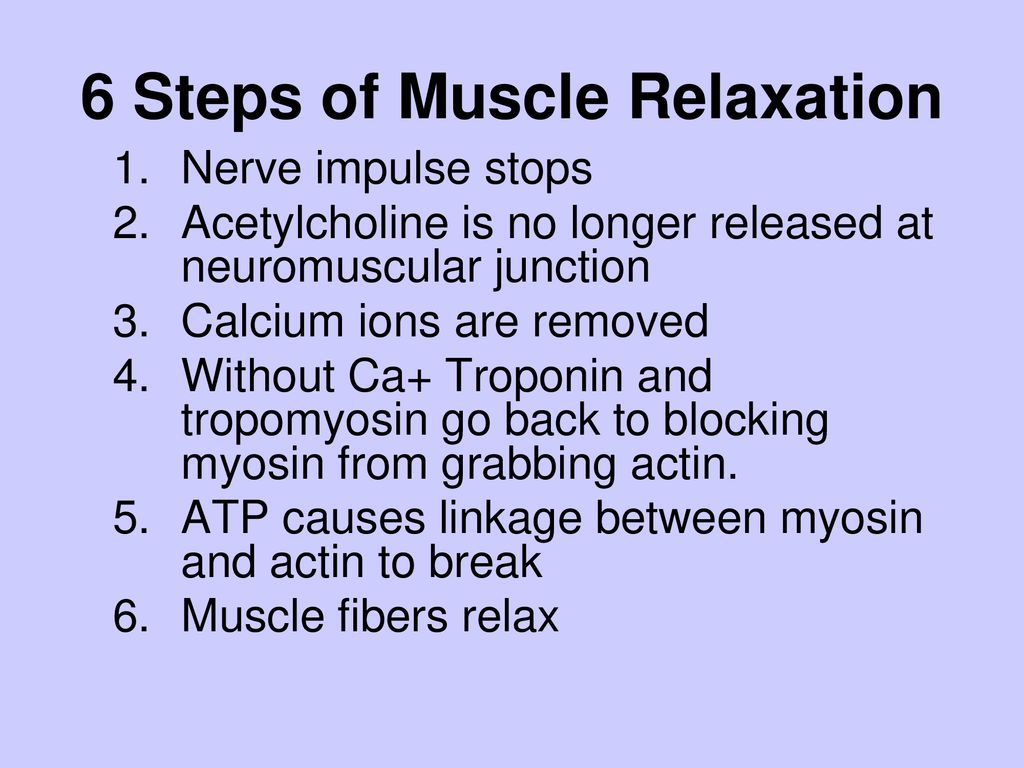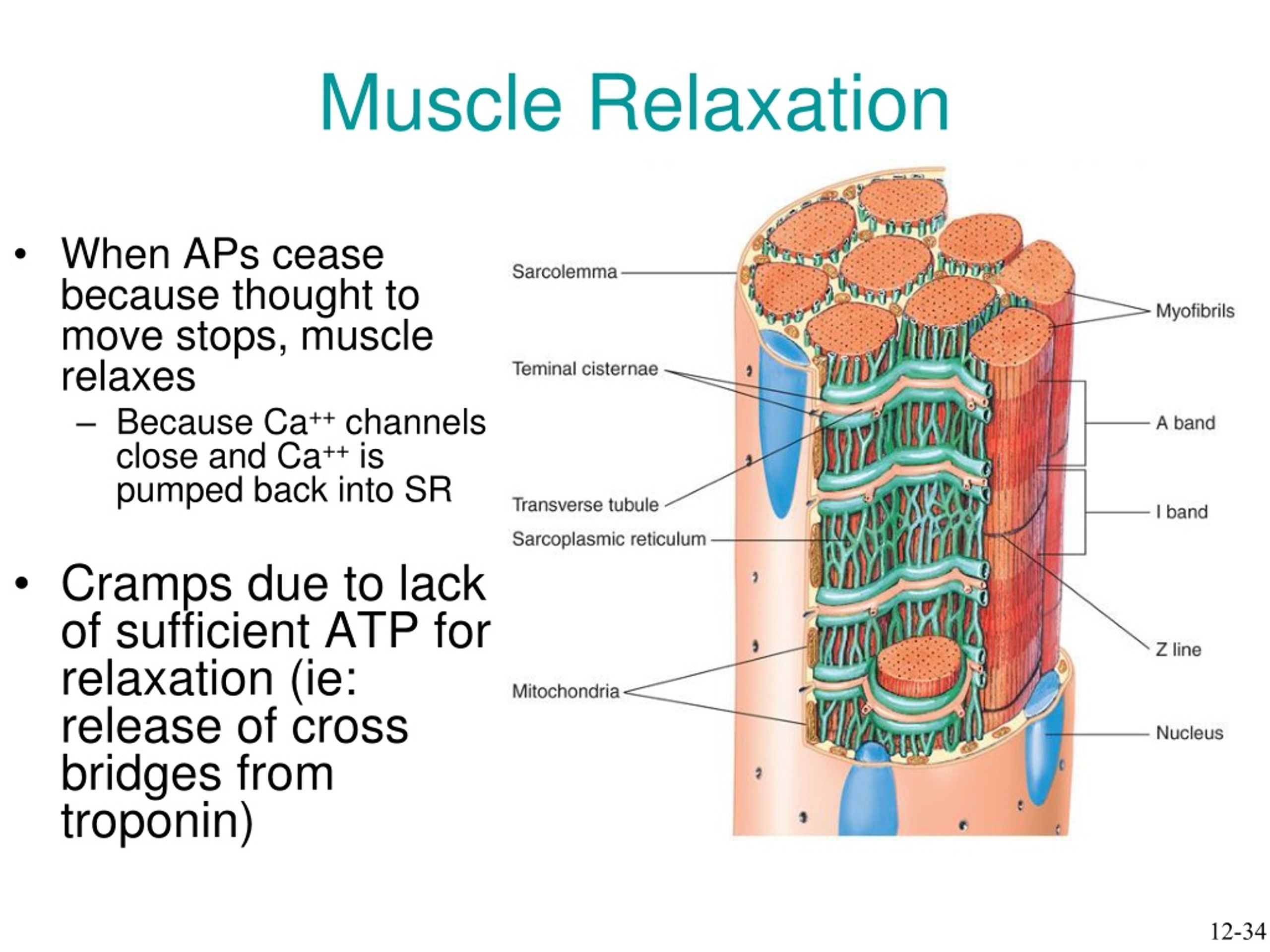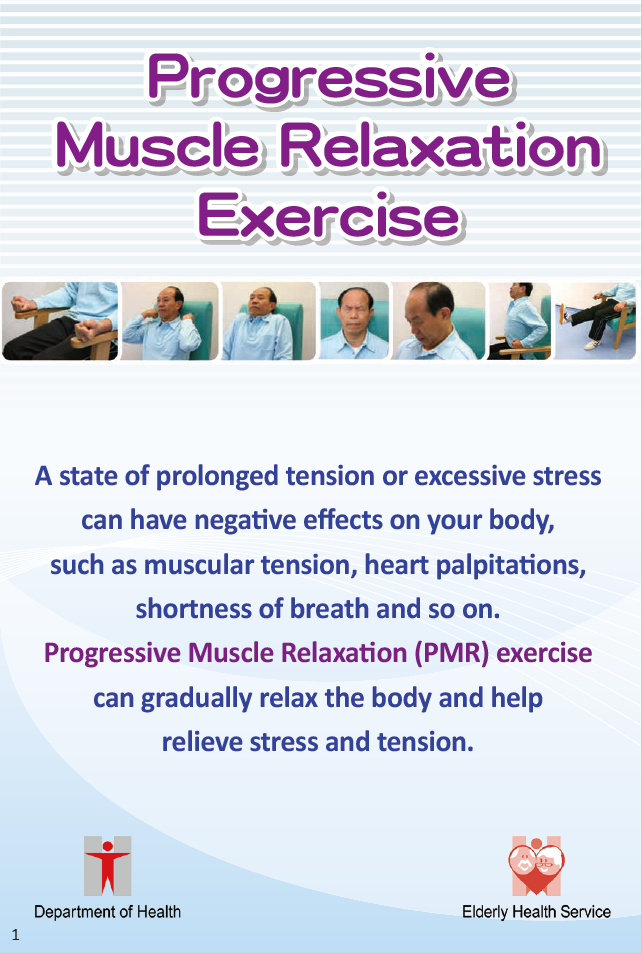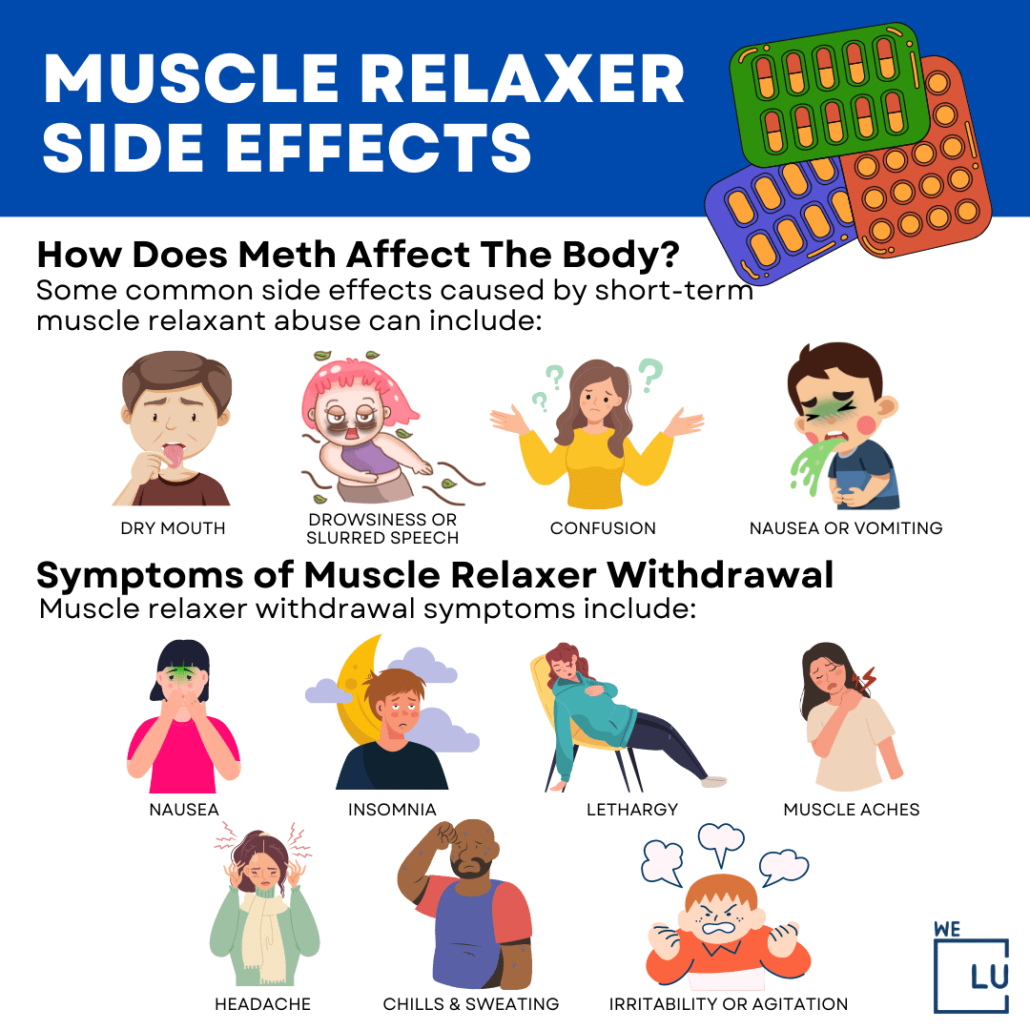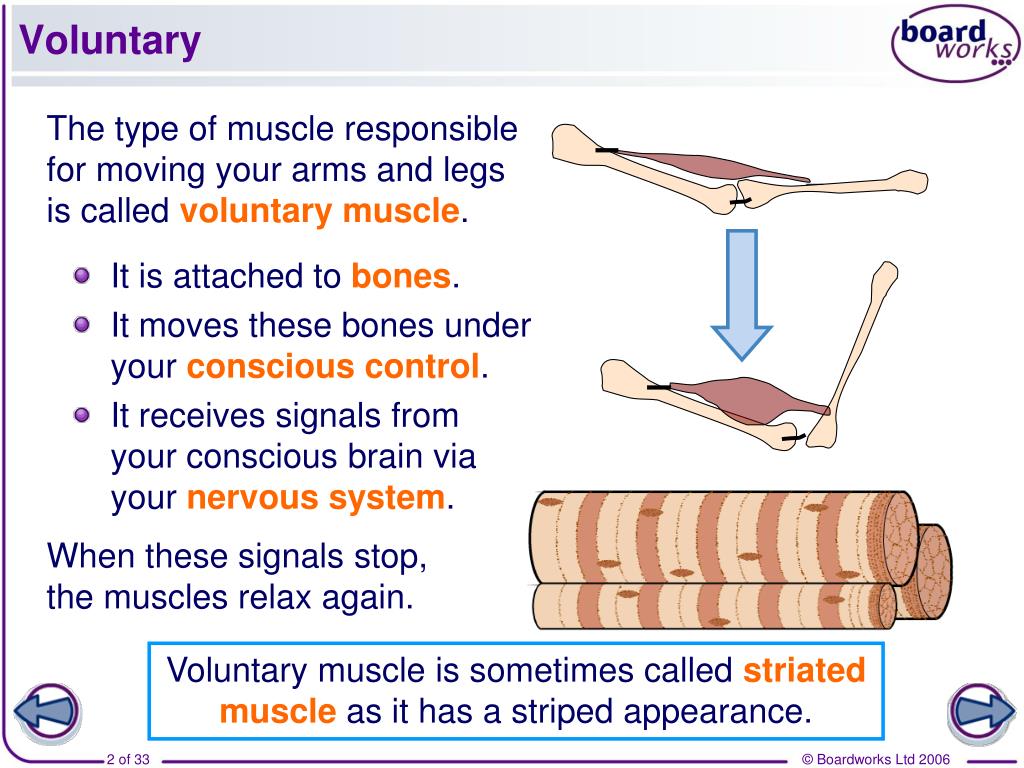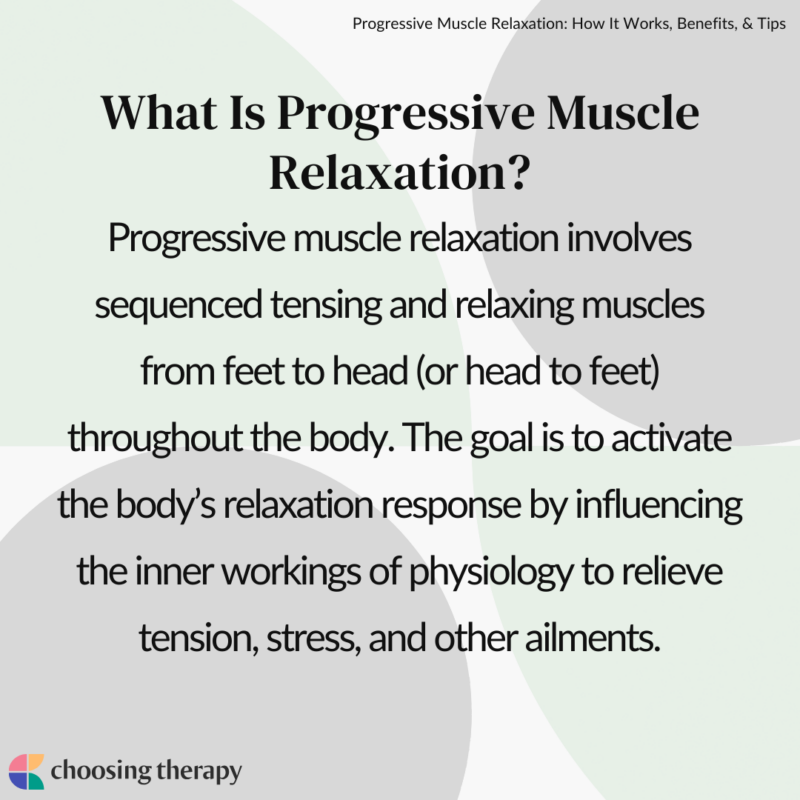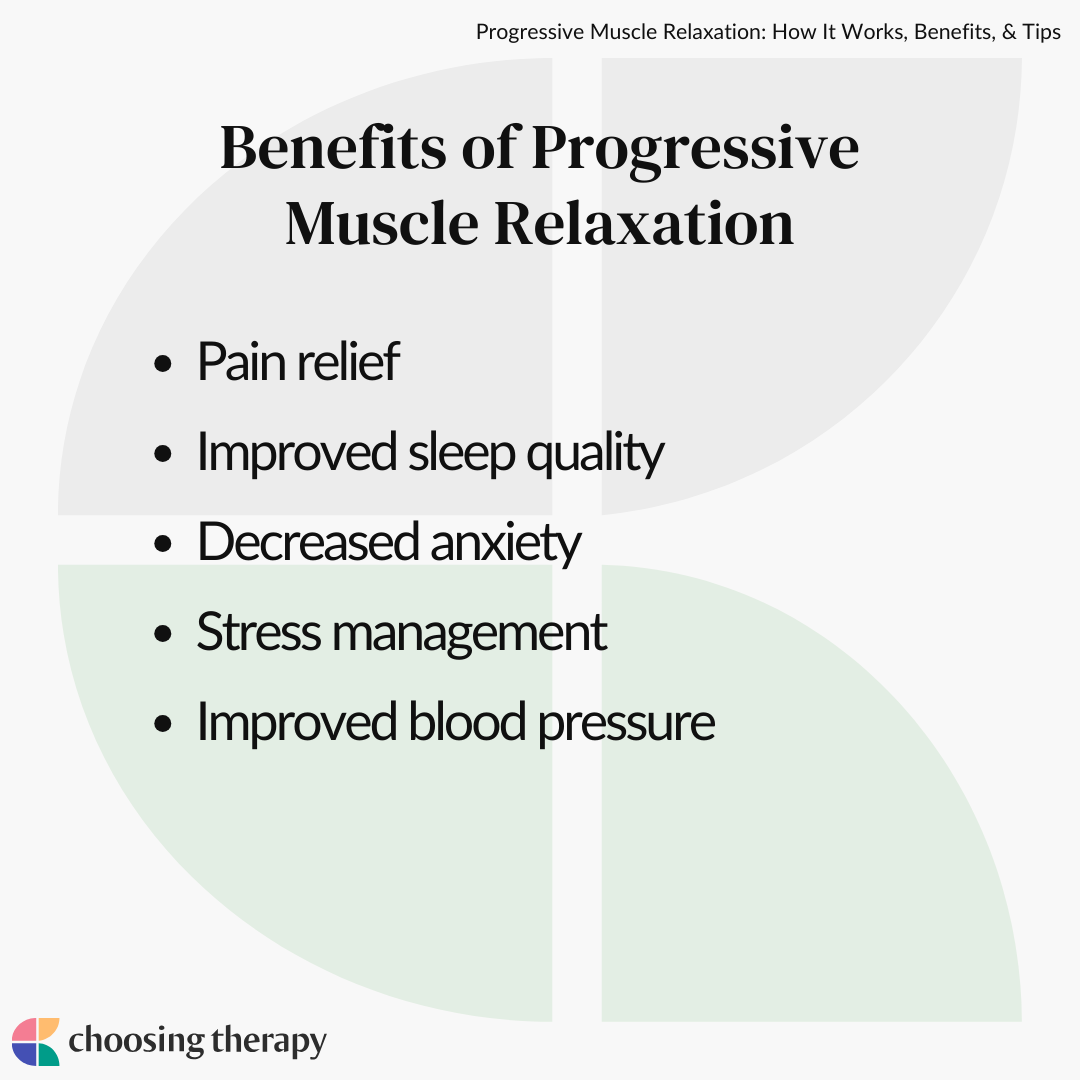Which Of The Following Is Responsible For Muscle Relaxation

The human body, a marvel of intricate biological systems, relies on a delicate balance of chemical and electrical processes to function. Among these, the coordinated contraction and relaxation of muscles are fundamental for movement, posture, and even vital functions like breathing and digestion. Understanding the precise mechanisms that govern muscle relaxation is not merely an academic exercise; it has profound implications for treating a range of conditions from muscle spasms and cramps to neuromuscular disorders.
This article will delve into the complex interplay of factors responsible for muscle relaxation, focusing on the critical role of calcium ions, adenosine triphosphate (ATP), and the structural proteins within muscle fibers. We will explore the processes that terminate muscle contraction, enabling muscles to return to their resting state, and the consequences when these processes are disrupted.
The Key Players in Muscle Relaxation
Muscle contraction is initiated by nerve impulses that stimulate the release of calcium ions (Ca2+) from the sarcoplasmic reticulum, a specialized storage site within muscle cells. These calcium ions bind to troponin, a protein complex on the thin filaments (actin), which then moves tropomyosin, another protein, away from the myosin-binding sites on actin.
With the binding sites exposed, myosin heads, the motor proteins on the thick filaments, can attach to actin, forming cross-bridges. This interaction, powered by the hydrolysis of ATP, generates the force that causes the muscle to contract. Understanding this process is essential for appreciating the factors that ultimately lead to relaxation.
Calcium's Crucial Role
The cornerstone of muscle relaxation is the removal of calcium ions from the vicinity of the actin and myosin filaments. Once the nerve impulse ceases, the sarcoplasmic reticulum actively transports Ca2+ back into its storage compartments.
This process is facilitated by a calcium pump, specifically the sarcoplasmic reticulum Ca2+-ATPase (SERCA), which uses ATP to actively sequester calcium. As the calcium concentration decreases, Ca2+ detaches from troponin, allowing tropomyosin to slide back and block the myosin-binding sites on actin.
The Importance of ATP
ATP is not only essential for muscle contraction but also plays a crucial role in relaxation. After a power stroke, the myosin head remains bound to actin unless another ATP molecule binds to it.
This binding of ATP causes the myosin head to detach from actin, breaking the cross-bridge. If ATP is depleted, as occurs after death (rigor mortis), the myosin heads remain bound to actin, causing muscle stiffness.
Structural Considerations
The structural integrity of the muscle fiber and the proper functioning of its components are crucial for efficient relaxation. Damage to the sarcoplasmic reticulum, for example, can impair its ability to regulate calcium levels, leading to persistent muscle contractions.
Similarly, defects in the proteins involved in calcium binding and transport can disrupt the relaxation process. Genetic mutations affecting proteins like SERCA or troponin can cause muscle disorders characterized by impaired relaxation.
Conditions Affecting Muscle Relaxation
Several conditions can disrupt the normal mechanisms of muscle relaxation, leading to a variety of symptoms. Muscle cramps, characterized by painful and involuntary muscle contractions, can arise from dehydration, electrolyte imbalances, or muscle fatigue.
Neuromuscular disorders, such as malignant hyperthermia, can cause a sustained release of calcium ions from the sarcoplasmic reticulum, leading to uncontrolled muscle contractions and a dangerous increase in body temperature. Understanding the underlying mechanisms of these conditions is critical for developing effective treatments.
Other diseases like myotonia congenita involve issues with ion channel function on the muscle cell membrane, impairing the muscle’s ability to relax after contraction.
Future Directions and Therapeutic Implications
Ongoing research continues to unravel the intricacies of muscle relaxation, paving the way for new therapeutic approaches. Scientists are exploring novel drugs that can modulate calcium handling within muscle cells, offering potential treatments for muscle spasms and neuromuscular disorders.
Gene therapy holds promise for correcting genetic defects that impair muscle relaxation, such as those seen in myotonia. Further investigation into the structural and functional properties of muscle proteins is crucial for developing targeted therapies.
By deepening our understanding of the mechanisms underlying muscle relaxation, we can develop more effective strategies for preventing and treating a wide range of conditions that affect muscle function. This knowledge holds the key to improving the quality of life for countless individuals.

